
Back in the day, textile execs would joke that to be 100 percent dry in wet weather runners should outfit themselves in a Hefty trash bag; a long-sleeve, dark denim shirt was optimal for runners seeking summer sun protection; and for safety purposes, a sure bet was a hi-viz workwear vest. There was truth in these quips, but thankfully material science has evolved, giving way to high-performance UPF 50 fabrics, cooling yarns and advanced reflective technology.
Technical textiles featuring protective elements found early adopters in fishing, hunting and camping. As these fabrications became lighter in weight, softer against the skin and incorporated stretch, high-tech functionality gained traction in activewear. The latest run apparel from Janji, Foehn, Miler Runner and Rossignol’s new trail line reflects this trend, with brands showcasing product designed to compete with whatever Mother Nature has in store for summer.
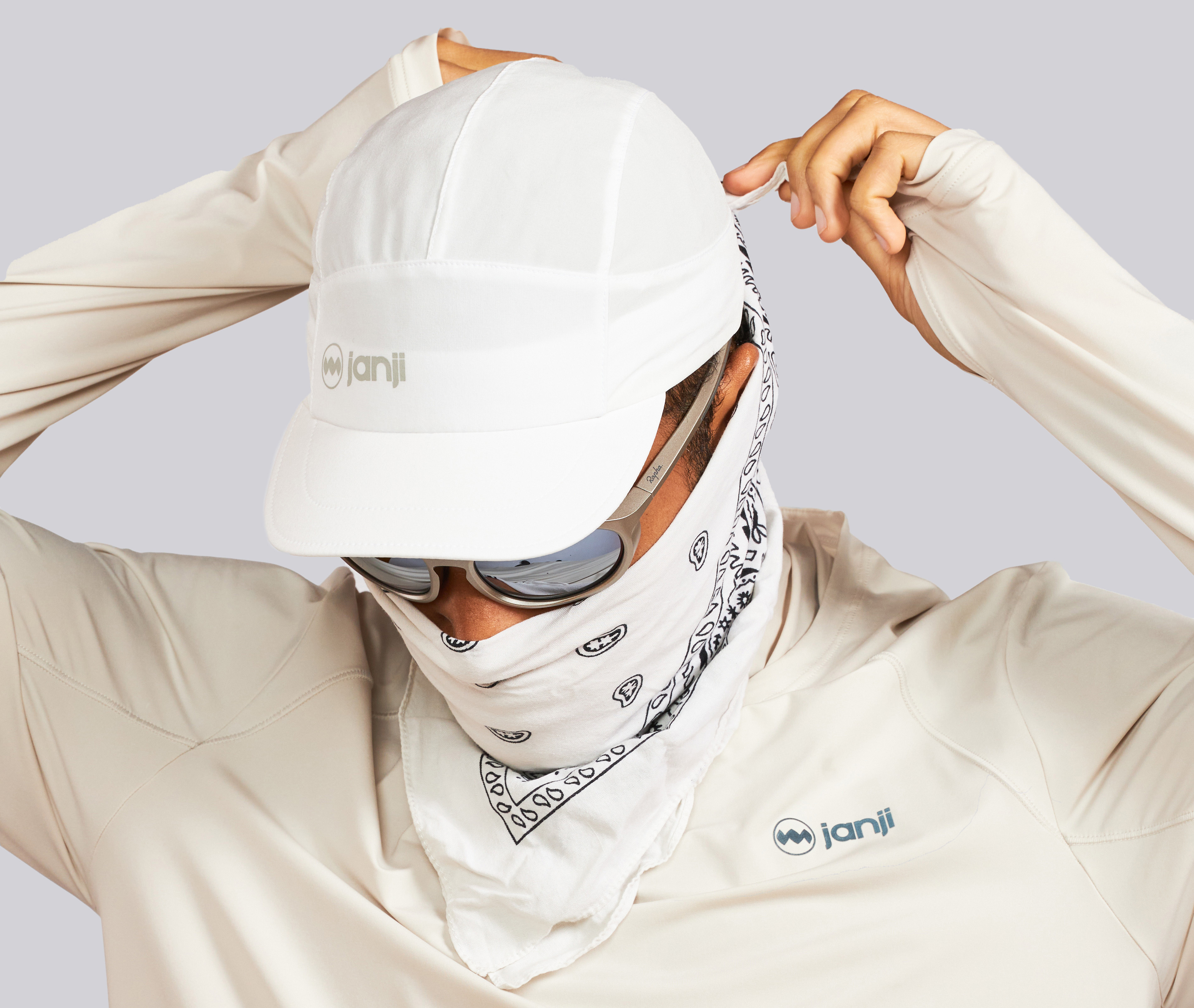
Sun Safety
According to Dr. Jan Beringer, a senior scientific expert at Hohenstein, a textile innovation and testing hub, the best material to provide sun protection in the fabric is polyester. “There is no additional finish required; polyester provides very good UV absorbance,” states Beringer, who has extensive knowledge in textile UV protection. “For extreme scenarios which we will have more and more based on changing climate and increased heat, polyester is the best choice,” concludes Beringer. Why? The molecular structure of the polyester polymer has functional groups in terms of the chemistry that absorbs the UV light. “All protectiveness is built into the polyester fabric,” Beringer confirms. Fabric weight, density of fabric weave and the color of the yarn all factor into the performance of sun protective textiles. Beringer asserts, “Every fabric has a UPF but the only way to achieve a higher UPF is with a polyester.”

Everyday Cool & Urban Heat
“What we have to offer in our technology is super relevant in the run and outdoor space,” states David Ludd, VP sales & marketing at brrr, an Atlanta-based firm specializing in cooling performance for textiles. “Runners workout in a variety of different environments – trail, road, cross training – and brrr’s cooling is a fit.”
The brrr technology, referred to as the “Triple Chill Effect,” uses natural cooling materials, active wicking and rapid drying to draw heat and moisture away from the skin. The cooling sensation is immediate and continuous, with the ability to lower skin temperatures 1-3degrees. All brrr fabrics have this technology built in; it’s permanently in the yarn and won’t wash out.
“The world is getting warmer, and brands and governments are looking for solutions,” Ludd comments. “In running it’s all about performance; brrr’s cooling technology allows individuals to run longer and feel better.”
Peak summer training in urban locales is especially challenging. New York City-based Miler Running is on track with pared-back styles designed for the hottest moments of summer. The new Base Running Tank combines Coolmax mesh fabric with a sleeveless silhouette creating a high-performance top for running that doubles as a modest tank for casual summer wear. “Coolmax is a time-tested and trusted yarn, to create incredibly breathable and moisture-wicking garments,” states company founder Ben Morrow.
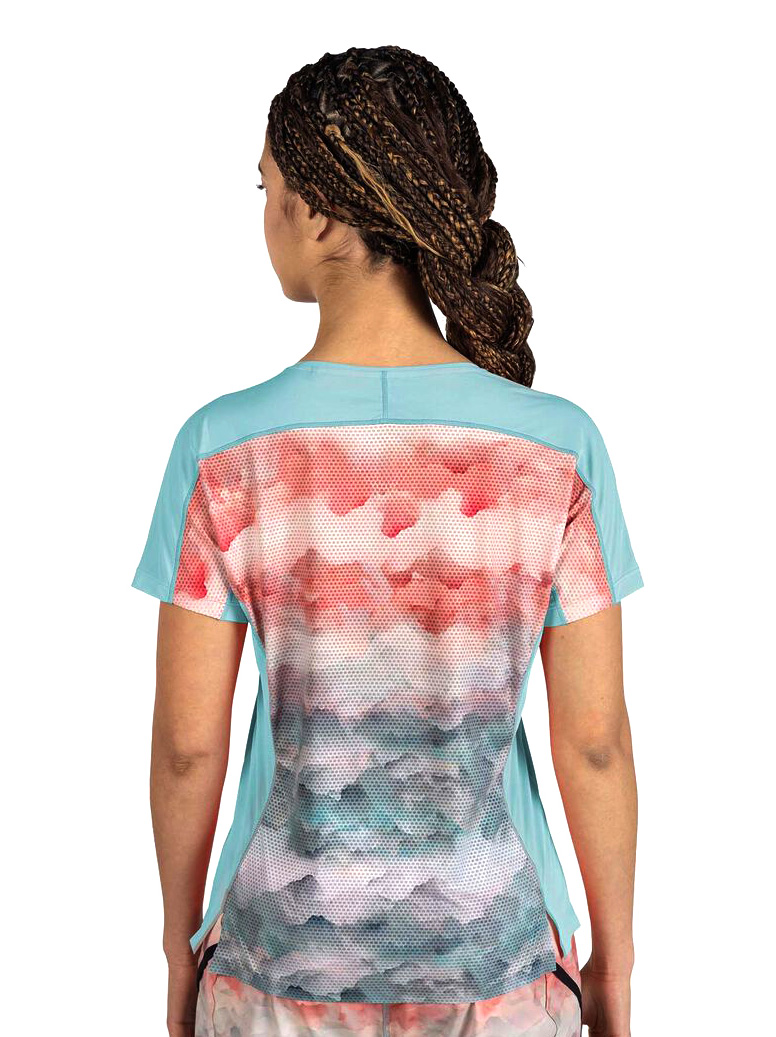
Temps Tailored for Trail
Rossignol’s new Sapa Collection, designed for trail running, takes advantage of HeiQ Smart Temp, a thermoregulating fabric technology with the ability to dynamically respond to body heat.
“Runners are typically in the mountains where weather can change drastically from start to finish. Since the thermoregulation properties of Smart Temp react to a person’s body heat, it helps cool them down when it’s hot and conversely slows down heat loss when temperatures drop,” shares Chazz Ogden, category manager for softgoods, Group Rossignol North America. “This is a great application for any stop-and-go sport, but because trail running is particularly high intensity, it makes perfect sense for that application, which is why we decided to use it in the Sapa collection.” Ogden adds that recycled polyester, the material of choice in the Sapa collection, maintains the same performance as virgin polyester. “And then we go a step further by adding HEIQ technologies to supercharge the fabric performance.”
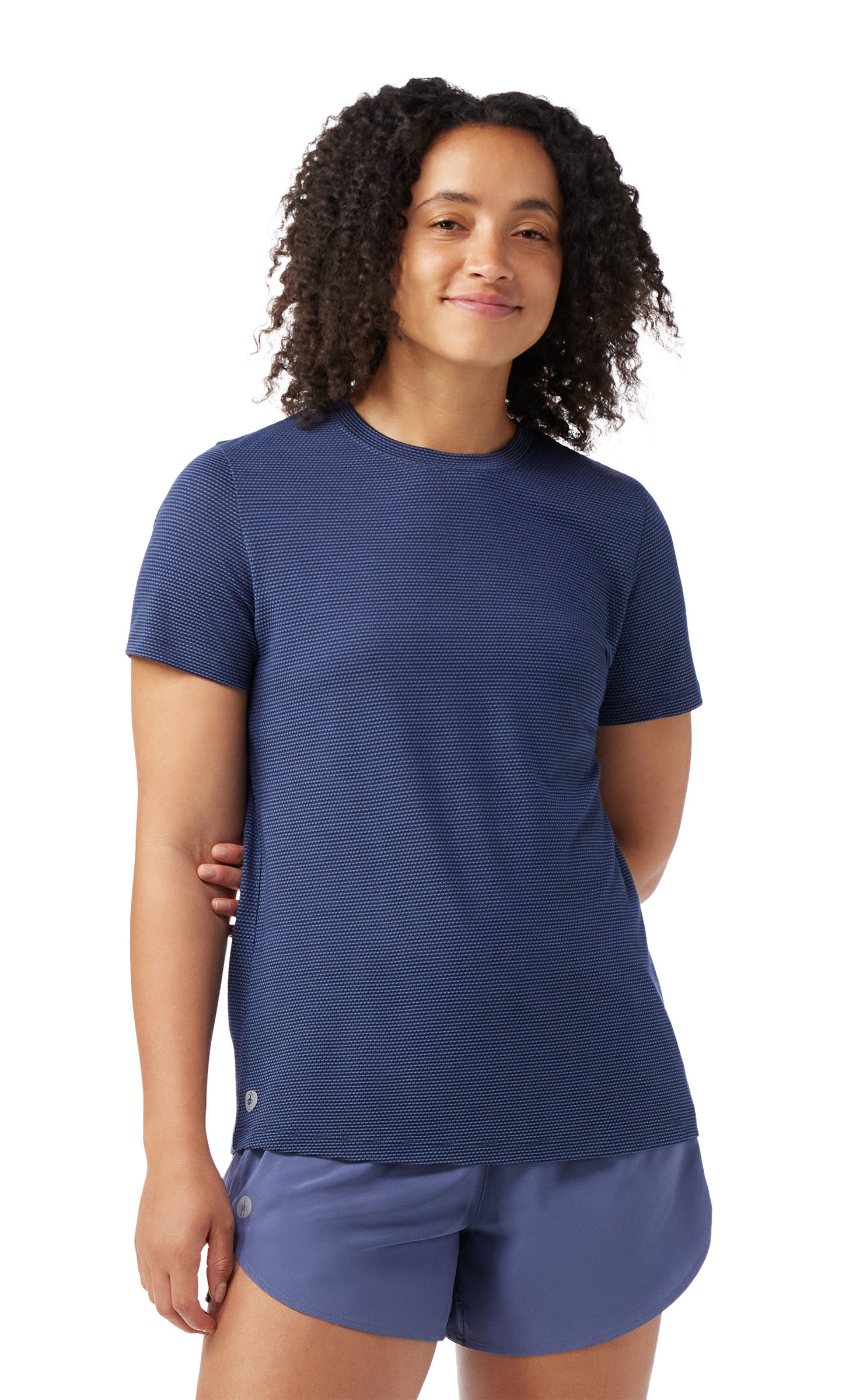
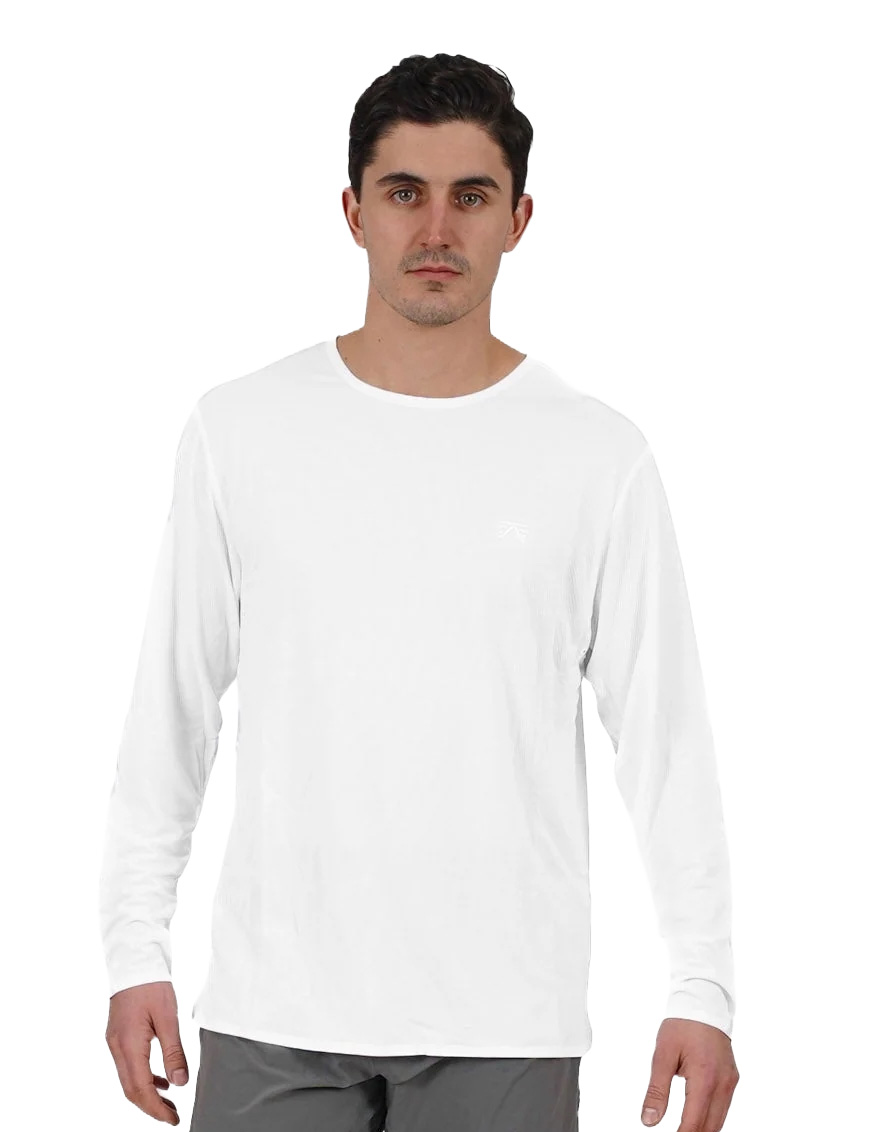
Reflectivity: High-Tech for Low-Light
Reflective technologies rely on materials that bounce light back towards its source (for example, a car’s headlights) to enhance visibility and improve safety. Technologies range from reflective tapes, fabrics and heat transfers. Common types of reflectivity found in active apparel include: Glass Bead Reflectivity that uses tiny glass beads embedded in a fabric or coating; Microprismatic Reflectivity that uses tiny prisms; and Retroreflective Fabrics that are woven with reflective threads.
As reflective tech advances, emerging trends include increased functionality in terms of durability, comfort, elasticity and washability, as well as updated and expanded aesthetic attributes such as color options, design perks and style details.
JRC-Reflex is a specialist in Retro Reflective technology and development and manufacturing of bi-stretch reflective fabrics and trims. Based in France, JRC-Reflex offers a wide range of high-performance fabrics targeting active sports apparel end-uses from first layer to outerwear.
“The trend for all-over retro reflection, in running and cycling apparel, remains strong and for these demanding markets,” states Celine Cugerone, CEO, who added that JRC-Reflex continues to invest in the research and development of new items capable of providing both all-around safety and all-around comfort.
“Our latest production features a recycled backing combined with a Class 1 Oeko-Tex certified reflective coating polymer. We offer custom reflective colors, as well as two-way stretch reflective tapes,” Cugerone shares.
She adds that an updated fabric has also been introduced, designed with a ripstop-inspired visual effect and made from recycled polyester backing. “This innovative material is intended for running and cycling apparel, providing a unique reflective aesthetic.”
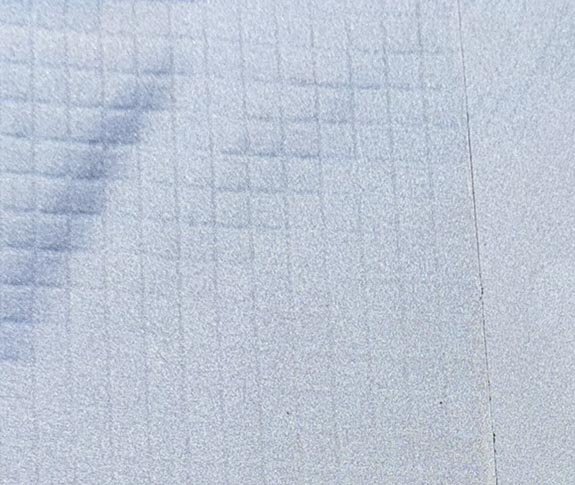
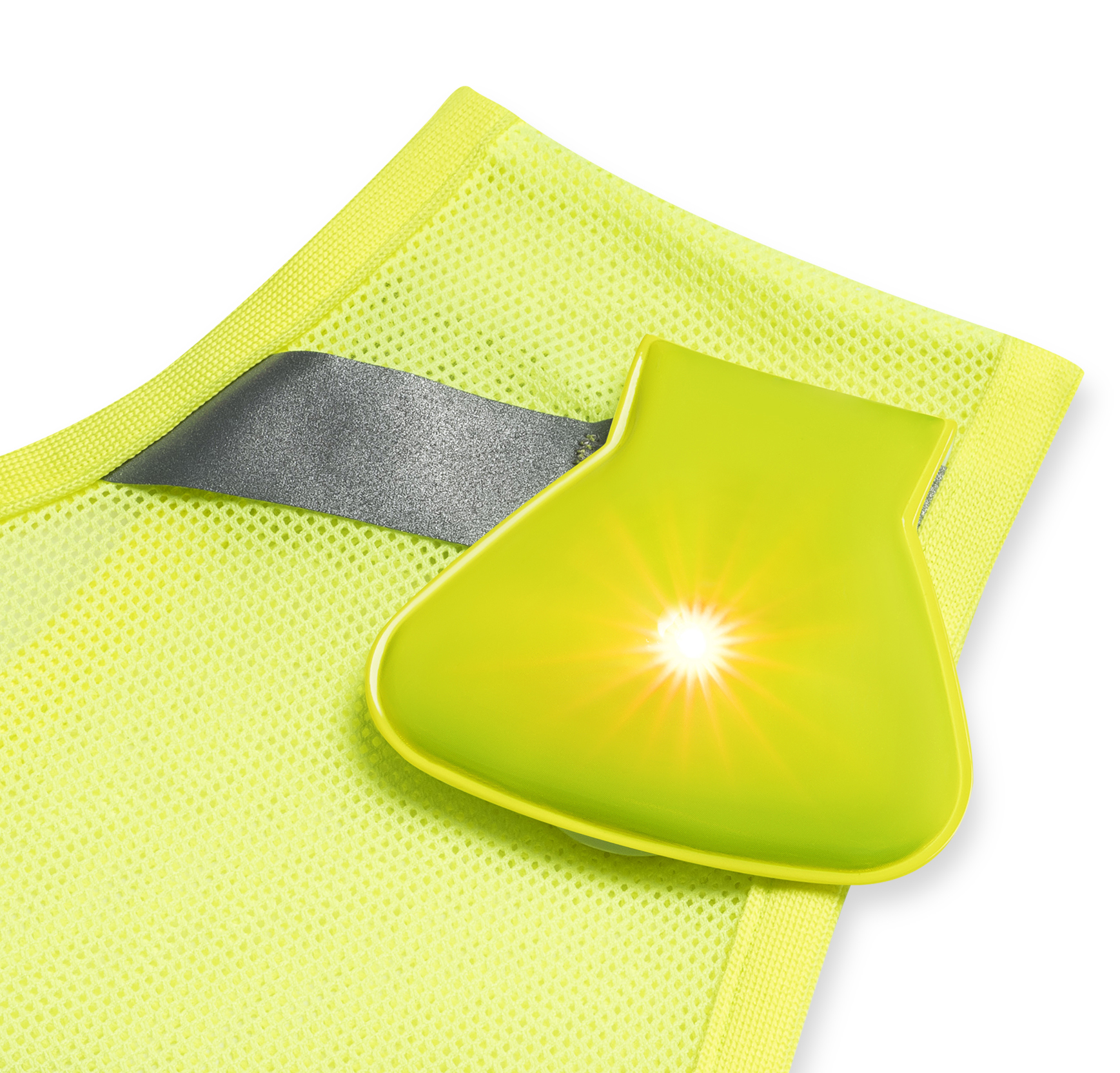


.svg)